Animals
-
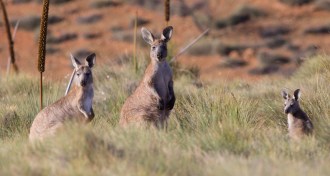 Animals
AnimalsAboriginal lizard hunting boosts kangaroo numbers
An aboriginal technique for hunting lizards with fire in Western Australia feeds wallaroo populations.
-
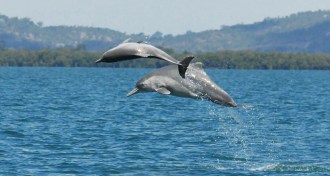 Animals
AnimalsNew dolphin species gets a name
A species of humpback dolphin from Australia has now received its proper name.
-
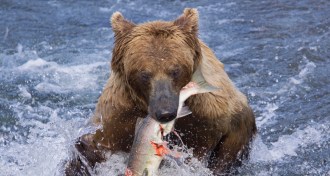 Life
LifeGrizzly bears master healthy obesity
Tuned insulin signals explain how grizzly bears can fatten up for hibernation in the winter without developing diabetes.
By Meghan Rosen -

-
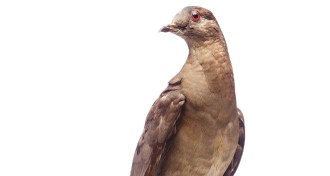 Animals
AnimalsHere’s your chance to see the last passenger pigeon
On display for the 100th anniversary of her species’ extinction, the final passenger pigeon specimen looks pretty good.
By Susan Milius -
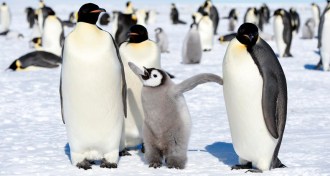 Animals
AnimalsOctomom and six other extreme animal parents
The octopus that brooded her young for 4.5 years is just the start when it comes to tales of extreme parenting.
-
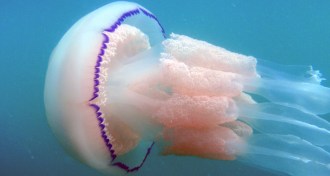 Computing
ComputingBarrel jellyfish may hunt with new kind of math
Barrel jellyfish use a new type of mathematical movement pattern to forage for food, a new study suggests.
-
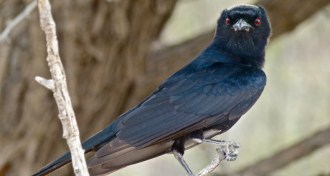 Animals
AnimalsDrongos deceive but weavers let them
The fork-tailed drongos of Africa manipulate others to get a meal, but there is good reason to let them get away with the deception.
-
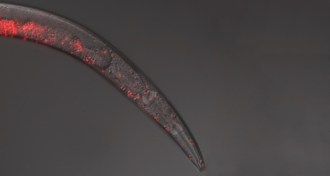 Animals
AnimalsNematode sperm go rogue
Worm sperm a killer when nematode species crossbreed.
By Susan Milius -
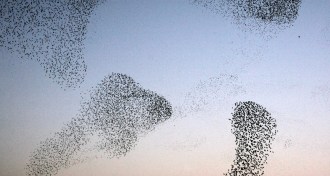 Quantum Physics
Quantum PhysicsBirds’ turns match math of quantum matter
Equations that describe superfluidity may explain how information about which way and when to turn spreads in a starling flock.
-
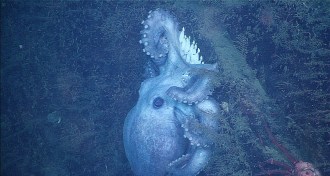 Animals
Animals‘Octomom’ sets egg-brooding record
The deep ocean reveals a new record as an octopus mom broods the same clutch of eggs for almost 4.5 years.
-
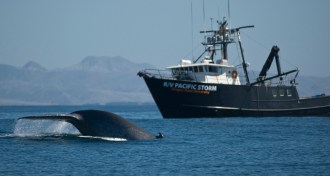 Oceans
OceansWhales and ships don’t mix well
A 15-year study of blue whales off California has found that major shipping lanes cut through feeding grounds.